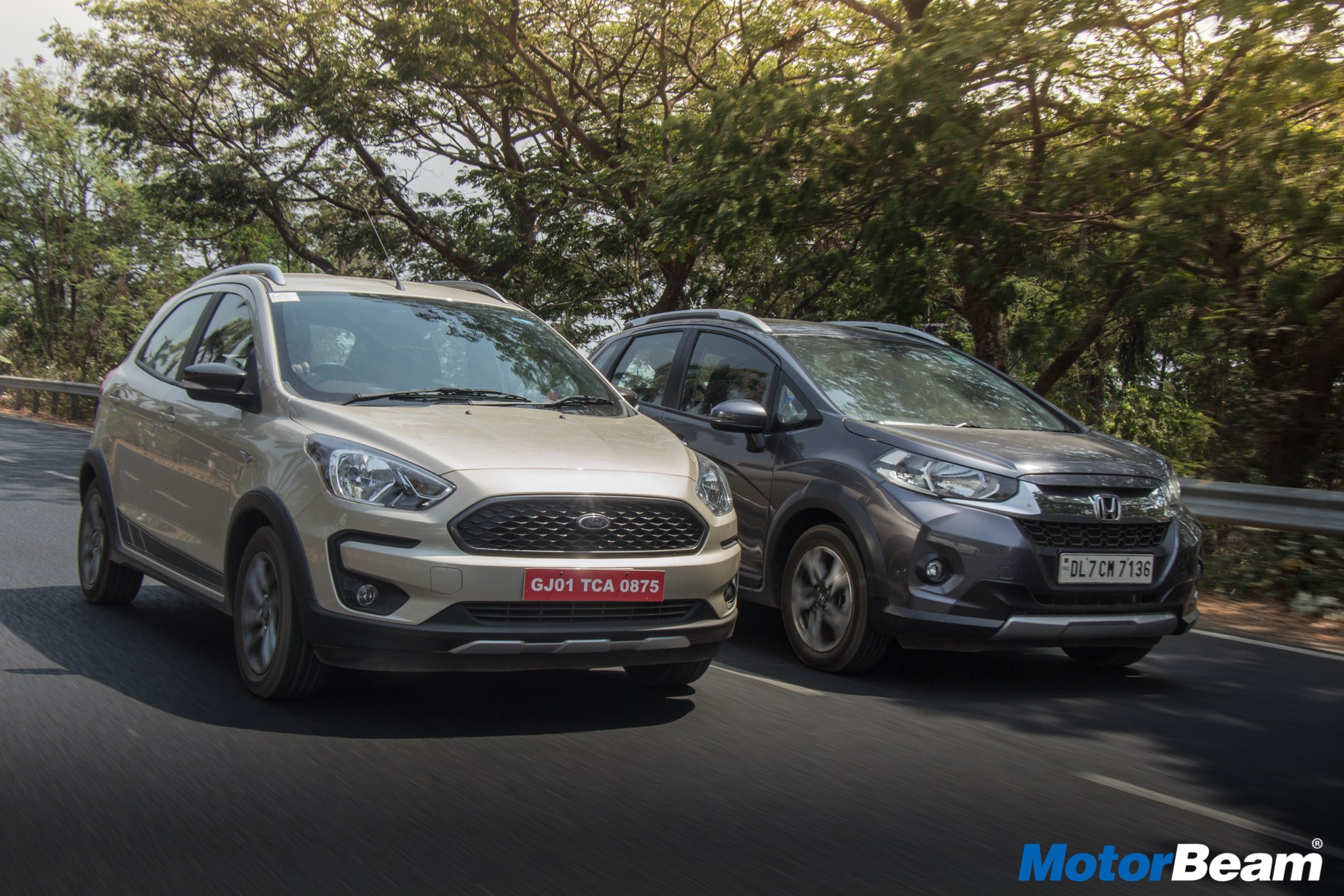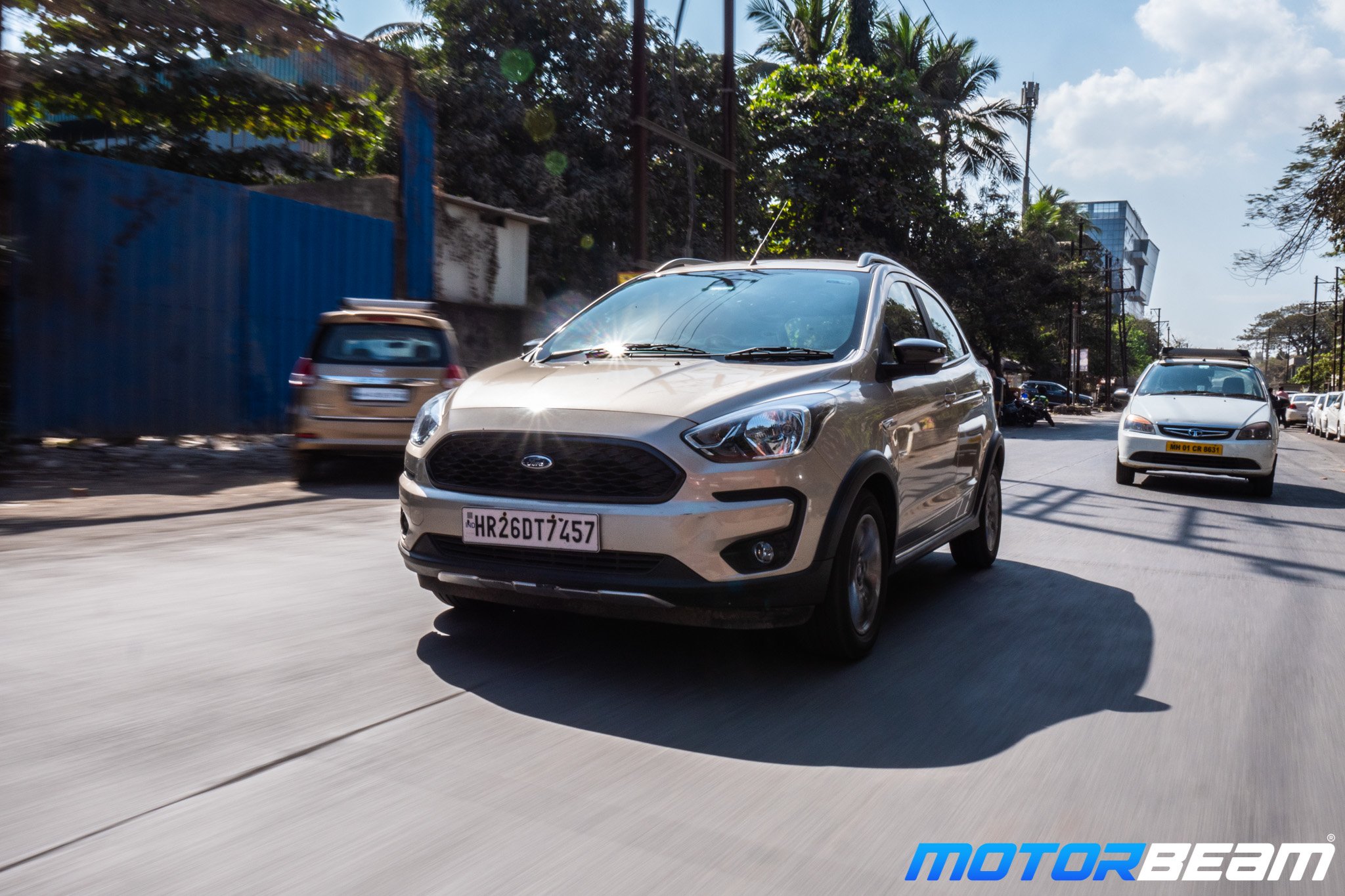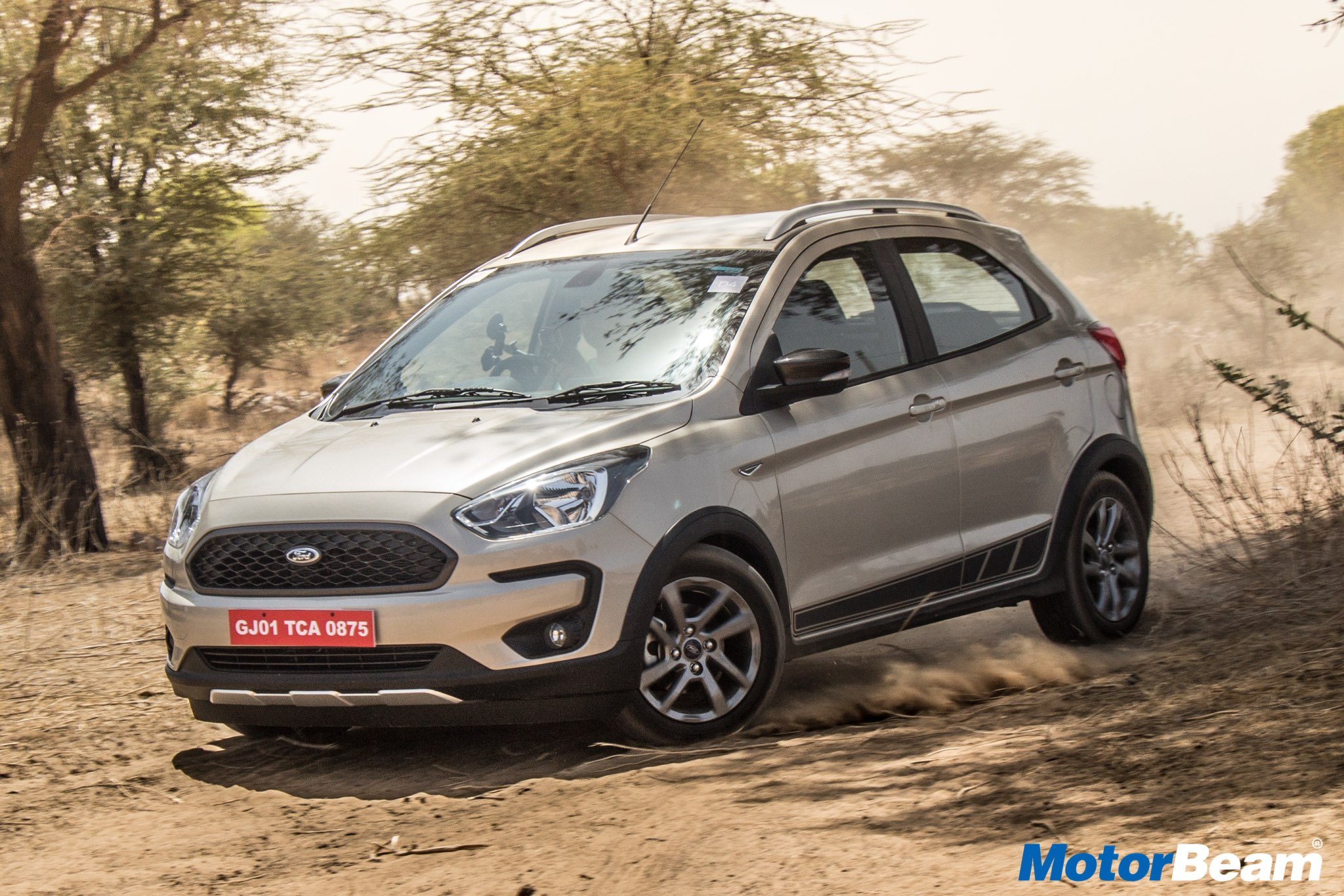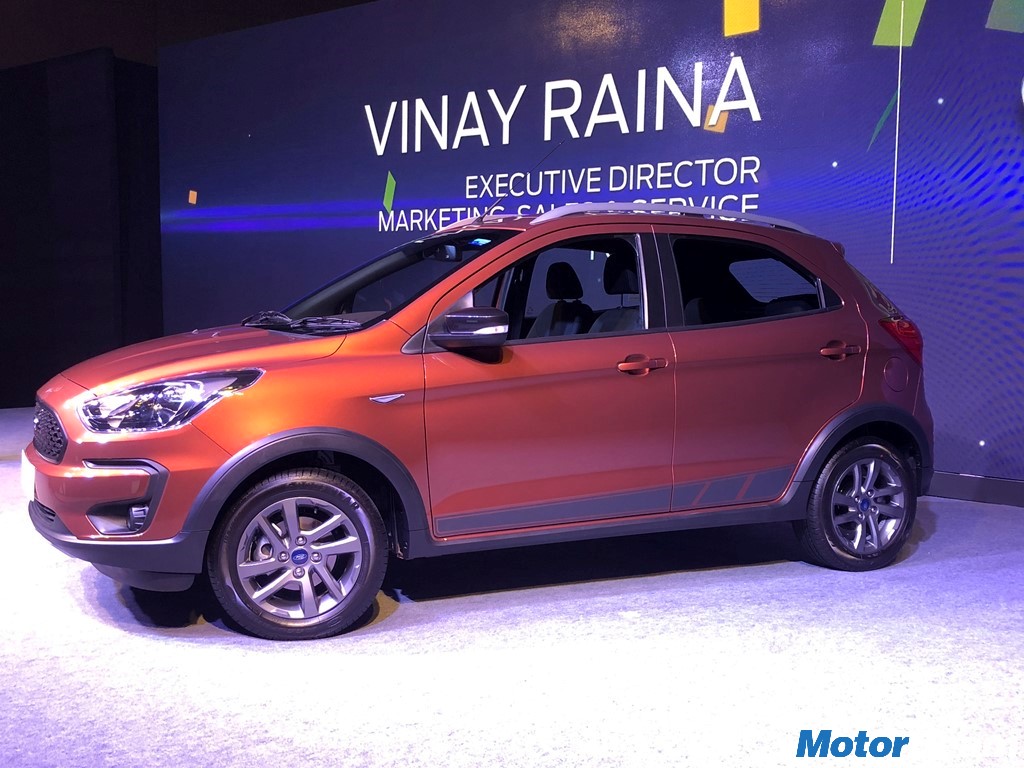
Performance – The most interesting thing about the Ford Freestyle is the all-new 1.2-litre, 3-cylinder, Dragon petrol engine which churns out 96 PS of power and 120 Nm of torque. This engine has class-leading performance not only on paper but also out on the road because this powerplant has a lot of punch available right from the word go all the way to the redline. Power delivery feels linear and there’s a good amount of peppiness in the mid-range and top-end of the RPM range. Powering the Honda WR-V is a 1.2-litre i-VTEC unit which is a 4-cylinder engine putting out 90 PS of power and 110 Nm of torque. However, this engine somehow feels underpowered especially in the low-end. Most of the action lies in the mid-range and at RPMs closer to the redline. While the Freestyle feels responsive and instantaneous with its power delivery, the WR-V feels lazier and this really drowns the driving experience. You can feel it the most when the car doesn’t accelerate as quickly as you want it to. Overtaking other cars is also easier with the Freestyle than the WR-V. For the petrol variants, fuel efficiency is similar for both the cars, ranging from 10-13 km/l. The Dragon engine has also got a very sweet note and sounds wonderful at higher revs. So, the Freestyle is clearly our pick over the WR-V for the petrol variant because the engine comes across to be very impressive.
The Ford’s 1.2-litre Dragon petrol engine is superior in terms of performance
The extra gear in the Honda WR-V diesel makes it more fuel-efficient
Both the cars come with 1.5-litre, 4-cylinder engines in their diesel-powered avatars. The TDCI mill on the Ford has a lot of grunt. As it unleashes its 100 PS of power and 215 Nm of torque, the car propels forward with a lot of urgency and you get pushed back into the seat. The oil-burner on the WR-V produces the same amount of power as the Freestyle’s TDCI but torque is lower at 200 Nm. Still, the engine feels quite peppy and while turbo lag is present to some extent, the mid-range has a good surge of power. However, it doesn’t feel as aggressive as its rival. Both the engines offer good driveability for city and highway usage. The WR-V diesel has an edge over the Freestyle in terms of fuel efficiency because it delivers close to 20 km/l and at times even more while the Ford gives about 17-18 km/l. While the petrol variants of both the cars get a 5-speed manual gearbox, none of these cars come with an automatic transmission. The gear shifts on the WR-V feel better than the Freestyle because they are slick and short while shifts on the latter are slightly notchy. The clutch is light on both the cars. For the diesel variant, the WR-V gets a 6-speed manual transmission while the Freestyle makes do with a 5-speed unit. The 6th gear of the Honda will prove to be very useful on highway drives and is a strong reason behind the higher fuel efficiency.
Where the WR-V really shines is in terms of ride quality
Driving Dynamics – The Freestyle’s ride is very good over rough roads and it also feels pliant at high speeds. However, at low speeds there is some bounciness felt at the rear. The WR-V feels more comfort-oriented and is quite supple with good high speed stability. Steering on both the cars offers nice feedback but the WR-V’s unit feels slightly better here. On the braking front, the Freestyle performs better even though the stopping power from WR-V’s brakes is also satisfactory. Tyres on the Ford offer more grip in comparison but Michelin tyres on the WR-V are very good as well.




